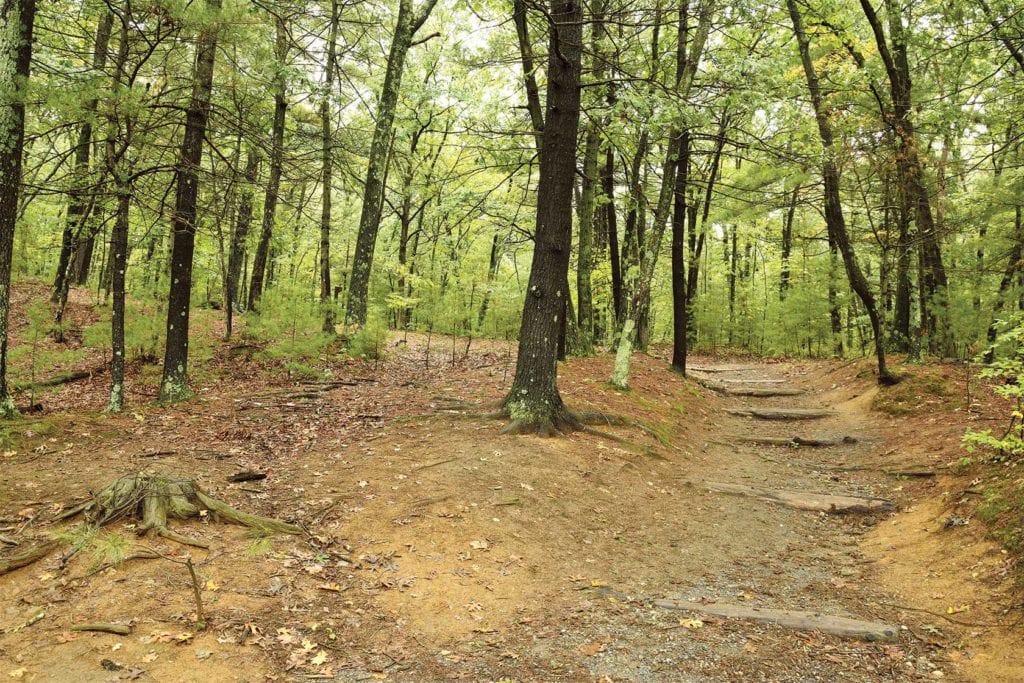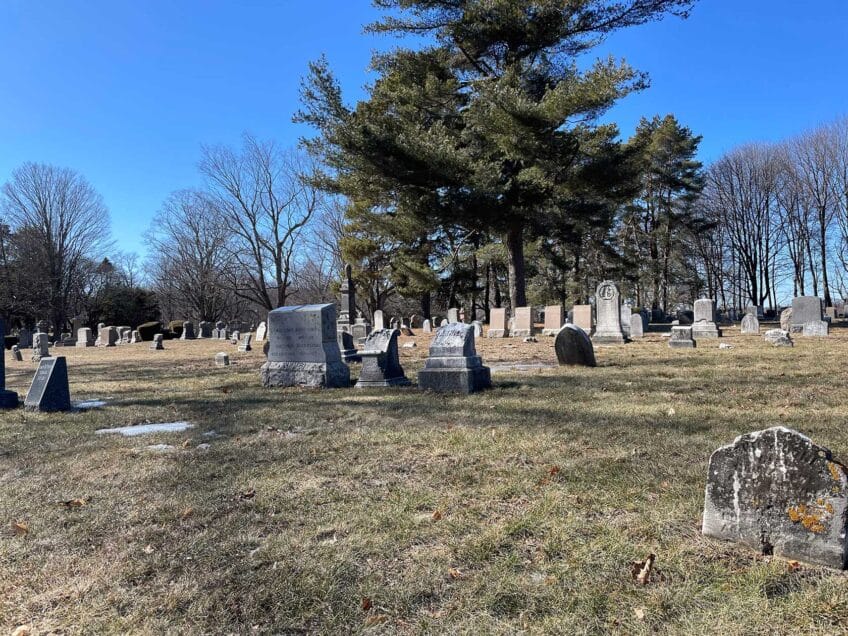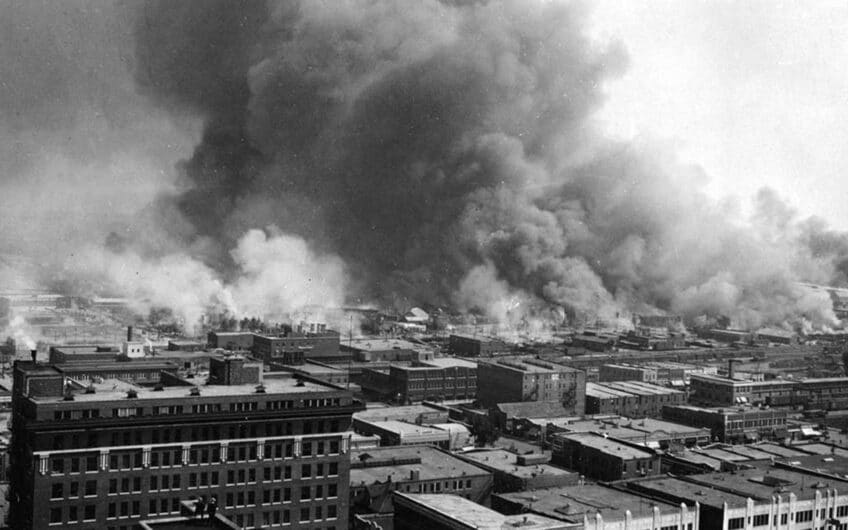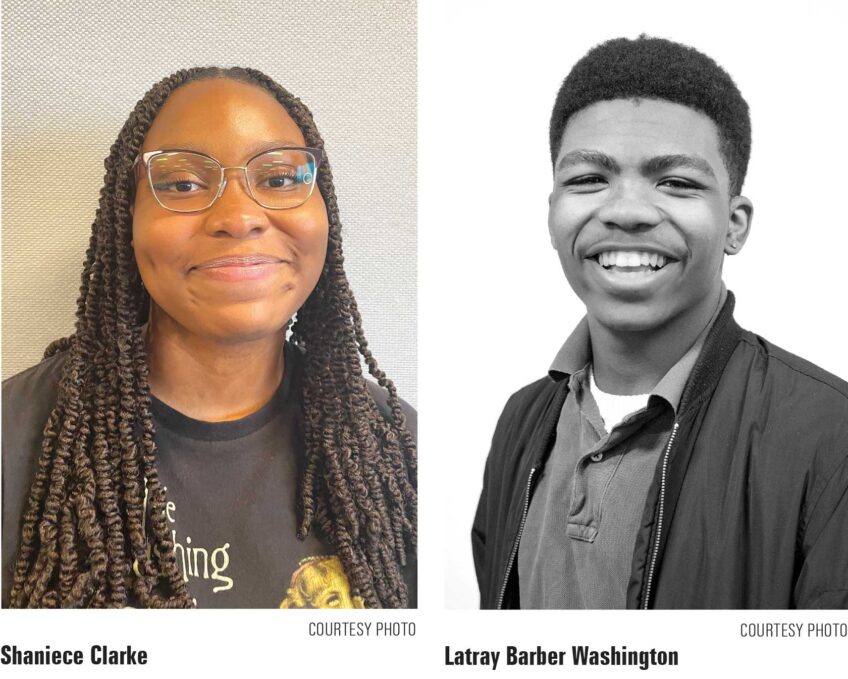Black Walden came first; Thoreau, after
Today, local residents are working to amplify stories of Black Walden, a little-known chapter in the legacy of the antislavery movement.

The legend of Walden Woods looms large in Concord, Massachusetts. It looms even larger, perhaps, in the lore of environmentalism.
The now-famous stretch of idyllic woodland is where writer, philosopher, and iconoclast Henry David Thoreau went to live deliberately, commune with nature, and ultimately pen what would become his most famous work, Walden.
As the legend is most often told, it was a solitary experiment—just Thoreau and the trees—in a stretch of what’s assumed to be previously untouched wilderness.
That assumption is false. Before the writer drew attention to this hallowed green space, it had already earned a place in America’s Black history.
More than a dozen formerly enslaved Black Concord residents made Walden Woods their home decades before Thoreau’s arrival in 1845. They chose the place in part because of what it lacked: With its infertile soil, Walden Woods wasn’t considered valuable land and thus became a place for the town’s outcasts to live more freely. Thoreau, the famous dissident and outspoken abolitionist, felt a certain kinship with this community and their lives on the fringes of society. He devotes nearly half a chapter in Walden, titled “Former Inhabitants,” to telling their stories.
Today, local residents are working to amplify those stories of Black Walden, a little-known chapter in the legacy of the antislavery movement.
Reckoning with Our Past
Nikki Turpin lives in nearby Leominster and serves as programming director at the Robbins House, the historic home of Caesar Robbins—a Black, formerly enslaved Revolutionary War veteran who resided in Concord in the 1820s. The Robbins House now serves as a museum, where visitors can come to learn about the town’s history of antislavery activism. (Many houses in Concord were stops on the Underground Railroad, and Harriet Tubman, Frederick Douglass, Lewis Hayden, William Lloyd Garrison and John Brown all visited and spoke there.) The museum also presents the story of nearby Brister’s Hill, the first physical marker of Walden Woods’ African American history, dedicated to its namesake Brister Freeman. Born around 1744, Freeman was one of the first known inhabitants of Walden Woods and the second Black man to own property in Concord.
“This is a textbook that has never been taught. Now, we’re taking the small picture in the corner, the one with a tiny little asterisk, and expanding on who those people were,” Turpin says, “This country has so many stories, but they’ve only been taught through the white lens.”
Turpin, herself a hobby historian, sees Concord’s reckoning with its legacy of slavery as a necessary awakening. Many in the state, she says, have long thought of slavery as something that only happened in the South.
“Having these real conversations inevitably changes how we look at ourselves as a country. But I like to say that activism is not about hate. It’s saying, look how bad we were, but look at how we’re getting better.” And if we’re not confronting our past honestly, Turpin adds, “it erases how you see your own growth.”
The Life and Times of Brister Freeman
Freeman fought as a soldier in the American Revolution, like many Black men of his time. He spent the first 30 years of his life in Concord, enslaved by the prominent John Cuming, a doctor in Concord. He went to war on three separate tours while still legally designated as property. On his final tour in 1779, he self-emancipated by declaring his last name as “Freeman” on his military papers.
“It was an incredibly risky move,” says Elise Lemire, historian and author of the book Black Walden. Lemire grew up in the town of Lincoln, a mile and a half from Walden Woods. She explains that many enslaved soldiers took on the last names of their owners as a means of protection. If his name was Brister Cuming, she explains, the assumption was that there was a white person out there who would come to his aid if he were wounded or captured, as a way to protect what they viewed as their property.
Unable to prove this new freedom outside of Concord—and barred from assimilating into the city itself—Freeman pooled his resources with one of his Black comrades in the war, Charlestown Edes, and bought a one-acre tract of land in Walden Woods.
Freeman’s apples
He built a home for his three children and wife, Fenda. His wife told fortunes. With farming and survival skills accrued from time on Cuming’s land, Freeman’s family grew what they could in the sandy soil—legumes and apples, experts guess—fished, and gathered other foods in the woods.
“There’s a wonderful passage in Walden about the eating of Brister Freeman’s apple trees and what that means to him,” Lemire says, “that they have a kind of wildness to their taste.”
Gradually, around the time Massachusetts abolished slavery in 1783, the community of Black Concord residents living freely in Walden Woods grew. Freeman’s sister, Zilpah White, moved into a one-room house at the edge of what would later be Thoreau’s bean field, weaving linens and making brooms. When arsonists burned down her house in 1813, she rebuilt it and continued to live in the woods into her 80s.
White’s unflinching courage and resilience were qualities her brother shared. When Freeman needed to provide more for his family, he took a job at the nearby slaughterhouse, where he worked as a day laborer and was paid with the least valuable cuts of meat. There, he endured horrific harassment. In one account by the Centennial of the Social Circle in Concord, the slaughterhouse owner locked Freeman in a barn with an angry bull—only to be surprised when Freeman emerged alive, with the bull killed. City officials later used an unpaid poll tax as an excuse to strip Freeman of ownership of his property, though they did not force his family from the house.
Ultimately, few could survive on the infertile lands of Walden Woods. Freeman’s wife and the friend with whom he’d bought the plot died of diseases related to malnutrition. Freeman is thought to have died in 1822, though he lacks a gravesite and the cause of his death remains unknown. Over time, the other Black residents in their community left for cities with more opportunity. “It’s a migration story,” Lemire says. “It’s not a migration story that includes hundreds of thousands of people, but it’s a migration story nevertheless.”
Walden’s Next Chapters
When Thoreau arrived in 1845—by which point all the Black residents had moved on, Lemire explains—he was intentional about building his cabin vis-à-vis these original homesteads. As he began piecing together the stories of the inhabitants who’d come before him, “he was very much inserting himself into that community,” Lemire says. “He was really drawn to this idea of being self-sufficient and separate from this all-consuming, capitalist engine.”
Though some have argued that Thoreau’s abolitionism was driven more by this puritanical defense of self-governance than a more egalitarian commitment to racial justice, Thoreau remained staunchly and vocally opposed to slavery, as well as to the Mexican-American War.
“He also makes it clear that he has a lot of admiration for not only [the residents’] independence, but their ability to withstand a constant onslaught of racist harrassment, stories of which have survived in the archives,” Lemire says. Thoreau goes so far as to compare Freeman to the Roman general Scipio Africanus, who defeated Hannibal and is regarded as one of the greatest militarists of all time.
Despite this legacy, for Lemire and others who learned about Walden Woods in school, “it was really presented as a place devoid of human history.” By and large, the same could be said for the half million visitors who now make the pilgrimage to Thoreau’s historic homesite each year. The state park that houses Walden Pond—a gift from private citizens to the Commonwealth of Massachusetts, given with the mandate that it “preserve the Walden of Emerson and Thoreau”—bears few traces of Black Walden’s stories.
Slowly, that’s beginning to change. The Robbins House has installed a boulder at Freeman’s homesite—the only physical marker of its location, alongside a moss-covered ditch possibly used by the family to corral animals—and the Toni Morrison Society has placed a “bench by the road” in Walden Woods as a resting place to contemplate Freeman’s life and legacy.
Chaya Harris—the national program director for the organization Outdoor Afro, which aims to connect Black people both with the natural world and African American history—first learned about Freeman’s story and homesite through the Robbins House in 2017. Then a volunteer hike leader, she immediately saw an opportunity to introduce the monument to Outdoor Afro’s members and organized an outing that September.
“Hearing about our connection to the land and our connection to American history was powerful,” Harris says. “Black history is American history and American history is Black history. The Black stories that make up the tapestry of American history can’t be erased or ignored.”
On the first group hike, Harris guided the participants around the edge of Walden Pond, stopping at Thoreau’s cabin before walking on to the site of White’s homestead. The woods looked just like the postcards, she said. She encouraged folks to walk down the road to Brister Freeman’s Hill, which, she says, feels more magical than the rest of Walden Pond.
There’s lots of moss growing. It looks more like wetland. The thin trail widens out and flattens, becomes grassier and, at times, muddier. “It’s covered with trees the whole time, so it makes for a really nice hike in the summer because it stays pretty cool, and you have all that greenery around, and then, of course, the colors of fall. I’ve even been back in the winter, when it’s just really quiet and peaceful, and you can sit and imagine Brister and his wife and what their life may have been like through the seasons.”
Harris has done the hike a few times since—except now she begins at Brister’s Hill, centering his story and legacy, and works her way back.
Republished with permission from the National Resources Defense Council.






